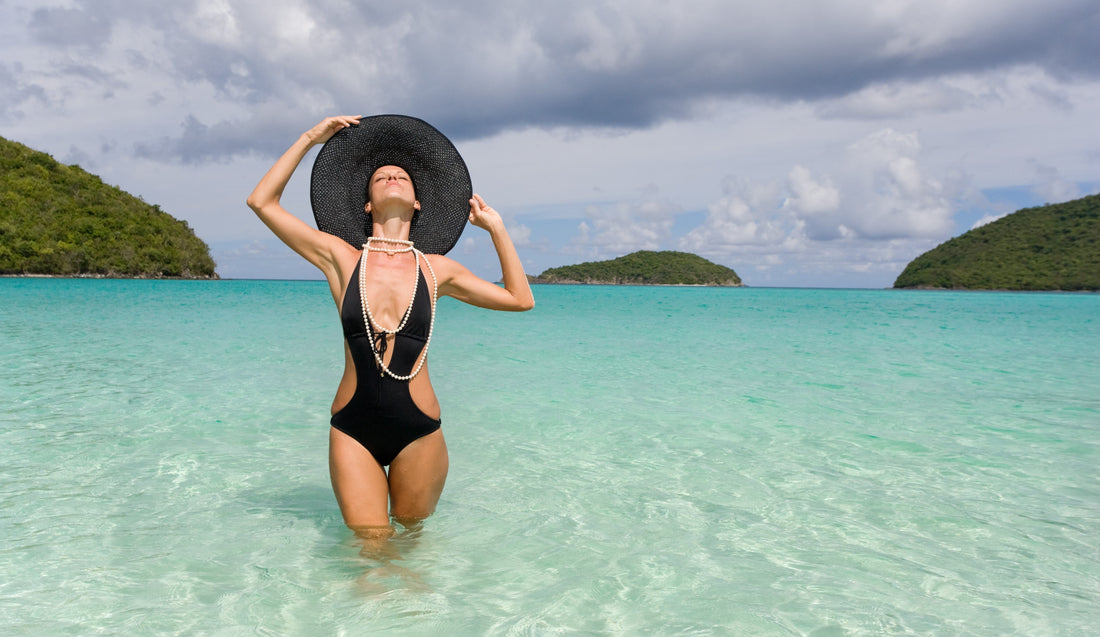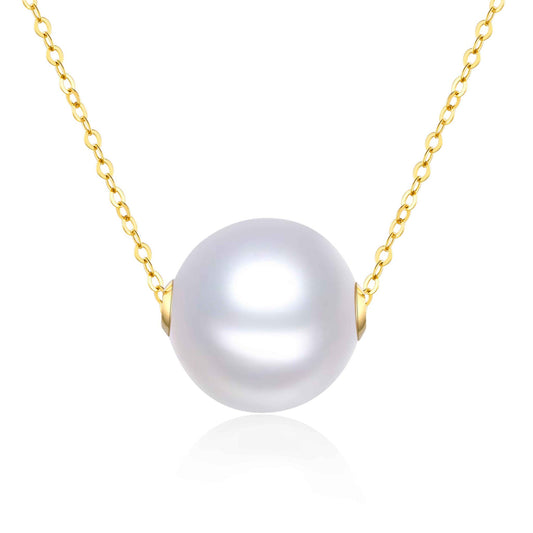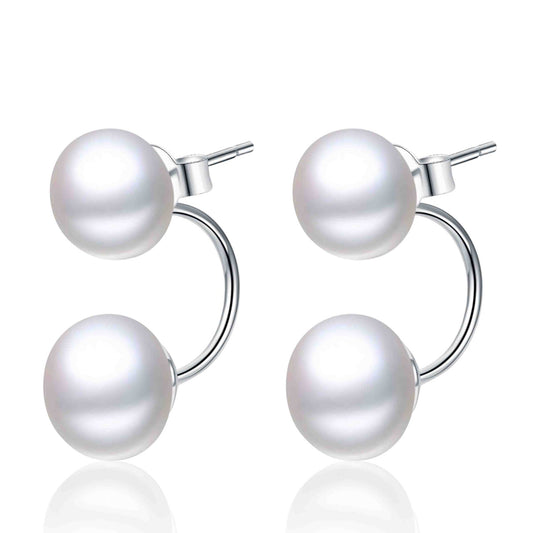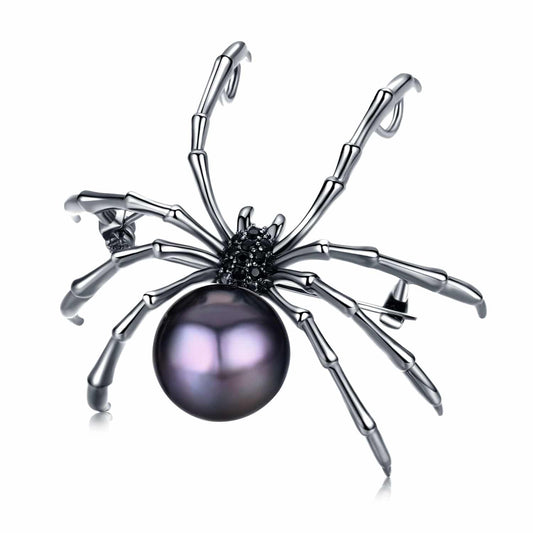
Why South Sea Pearls Are the Most Expensive Pearls
Share
If you don’t know much about pearls, pearl jewelry prices can often be confusing. You may see a pretty pendant that you love that is as cheap as $30. Or you may see one that’s nearly $3,000 that you don’t fancy at all. As an amateur pearl lover, you may not understand how these prices are determined.
The truth is, the design often has nothing to do with the price. It has to do with the value of the pearl itself, as well as other gems and metals used in the design – a pearl necklace with diamonds in would inevitably be more expensive than one made with only pearls.
But even between individual pearls, the price often varies widely, with South Sea pearls as the most expensive type of cultured pearl. Let’s find out why.
What Are South Sea Pearls?
There are three types of South Sea pearls: white, golden, and black:
- The black pearls, commonly called Tahitian pearls, are formed inside the Pinctada margaritifera, also called the black-lipped pearl oyster. Tahitian black pearls are cultivated in the waters around Tahiti and the Fench Polynesian islands.
- The golden pearls are formed inside the Pinctada maxima (Jameson), also called the gold-lipped pearl oyster. These are mostly farmed in the Philippines and Indonesia, with a small percentage coming from Australia.
- The white pearls are also formed inside the Pinctada maxima (Jameson), but in the white-lipped variety. These are mostly cultivated off the coast of Australia.
These pearls are some of the most expensive cultivated pearls, with the white and gold variety the most expensive.
Factors That Determine the Value of Pearls
Here are the most important factors that influence pearl prices:
- Type: Pearls that are rare, but in high-demand are more valuable.
- Size: Like any gem, the larger the pearl, the more valuable it is.
- Color: The color of a pearl also affects the price. Naturally dark colors and colors that are rare, like gold, are more valuable.
- Shape: Pearls that are perfectly round are more expensive than those that aren’t.
- Luster: The luster, or the shine of the pearl, also affects the value. The more lustrous, the more expensive.
- Surface quality: Pearls with an even surface are more valuable than those with little flaws
- Nacre thickness: The thicker the nacre, the higher the value of the pearl.
To better understand how these factors affect the value of pearls, read the blog about how we grade pearls at Timeless Pearl.
Why South Sea Pearls Are So Expensive
When we started cultivating pearls over a century ago, pearl farmers would collect oysters from the wild, and then implant the nucleus, or irritant, into the oyster to start the pearl growing process. As research and technology evolved, more and more mollusks could be bred by farmers so that they don’t need to be reliant on finding these in the oceans.
This is the case with both the black and golden south sea pearl oysters. However, not for the white-lipped pearl oyster – farmers still need to collect the wild oysters, which makes them rarer than if you could breed them yourself. But that’s not all! These oysters only live in an area ridden with sharks and snakes, making them extremely dangerous to fish.
Once the farmer collected these oysters, they have to operate on them and implant the nucleus into the oyster which would form the core of the pearl and set the nucleation process in motion. These oysters are then placed in the farming area where it would grow for the next 2-6 years. During this time, the oysters are cleaned and their health checked manually every two weeks, due to the sensitivity of the oysters.
Even after taking extremely good care of these oysters, the farmers still don’t know how the pearls would turn out. Would they be round? Would they be lustrous? How big would they be? And would the pearls’ surfaces be blemish-free? There are a lot of external factors that the farmers can’t control. All they can do is to do their utmost and hope for the best.
Additionally, you can only grow one pearl in an oyster. This is also the reason why these pearls tend to be so large.
Here’s a picture of the Pinctada maxima, or the white-lipped pearl oyster, with its lustrous, thick inner layer of nacre:

The Golden South Sea pearl is also very expensive, sometimes even more expensive than the white variety. The color of the Golden South Sea pearl range from a creamy white to deep gold. The deeper the gold, the more expensive this pearl is, as natural (not dyed) gold pearls are rare. For example, a perfect strand of large, deep golden South Sea pearls can go for as much as $100,000.
Investing in South Sea Pearls
As you can see, there’s a good reason why South Sea pearls are so sought after. They may be more expensive than other pearls, but their quality and incredible value make them a good investment. If you take care of your pearls, and repair and restring them when needed, these pearls could be passed on for many generations.
If you’re interested in investing in South Sea pearls and let your children and grandchildren enjoy them as well, visit our shop to browse our South Sea pearl designs.



